Tushetian architecture is a traditional style of architecture found in the Tusheti region of northeast Georgia. The architecture is heavily influenced by the harsh mountainous environment in which the Tush people live, and it is characterized by its use of local materials, functional design, and decorative elements.
Some common features of Tushetian architecture include:
Stone construction
Tushetian buildings are constructed using locally sourced stone, which is abundant in the mountainous region. The stone is typically cut into rectangular blocks and laid in horizontal layers. Locals call it “Sipi”.
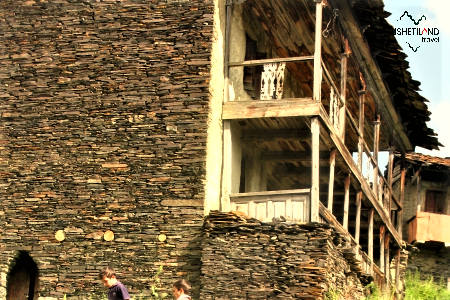
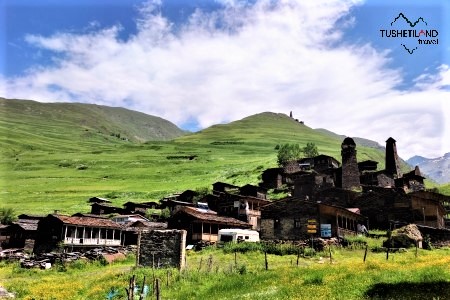
Flat Roofs
Tushetian houses have flat roofs, which are designed to withstand heavy snowfall during the winter months. The roofs are typically made of wood and covered with stone or clay tiles. Stone-covered roofs are quite heavy. As result, it makes the stone-built walls even more stable.
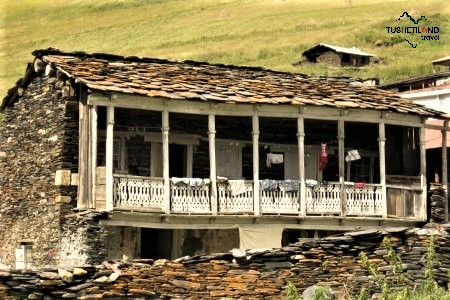
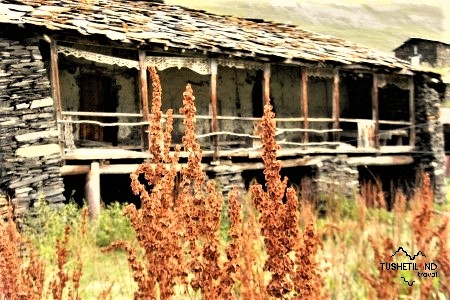
Towers
Towers are a distinctive feature of Tushetian architecture, and they are found throughout the region. The towers are typically three to five stories high and were used for both residential and defensive purposes.
There are two different types of towers in Tusheti.
The first type of tower you can find in Pirikiti Valley. These, slender tall towers, mostly stand-alone, have 5–6 floors topped with a pyramidal roof. These types of towers are also characteristic of Ingushetia, Chechnya, and Khevsureti. They are mainly served for defense and may be found, for example, in the villages of Dartlo, Kvavlo, Chontio, or Girevi.
The second type of tower can be found in all Valleys of Tusheti. They are typically smaller (3–4 floors) but more robust with a larger foundation. They have a saddle roof, again featuring machicolation on the top floor, although not necessarily on all sides. The most significant landmark of these types of towers you can find is Upper Omalo. It is called Keselo (the word Keselo means “strong“) Towers.
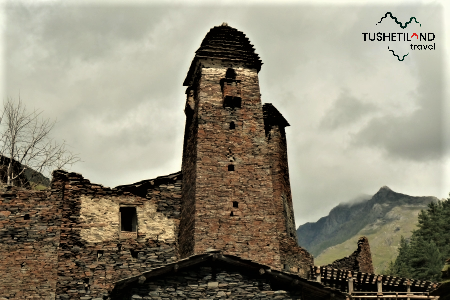
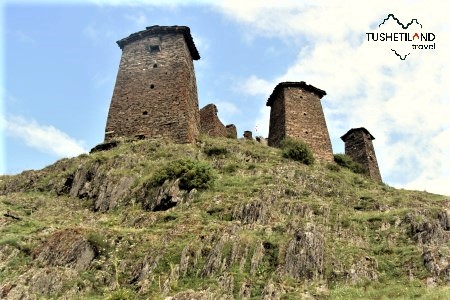
Decorative Carvings
Tushetian buildings often feature decorative carvings on the stone facades, including geometric patterns, religious symbols, and images of animals. These mostly depict mythological characters or events. In some places, such as Dartlo, we may also see Arabic inscriptions or common life scenes (hunting, farming, etc.).
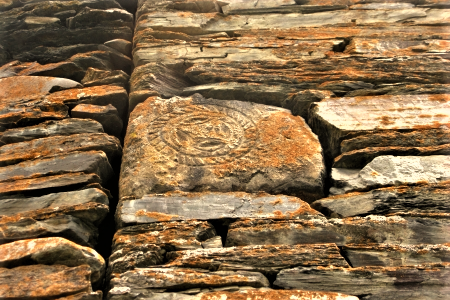
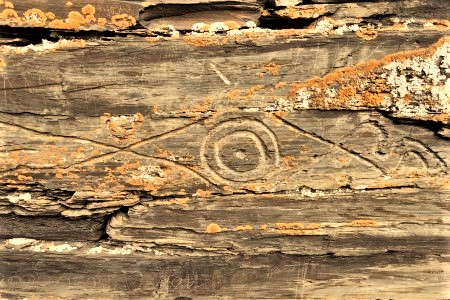
Wooden Balconies
Many Tushetian houses have wooden balconies, which are used for socializing and enjoying the views of the surrounding mountains.
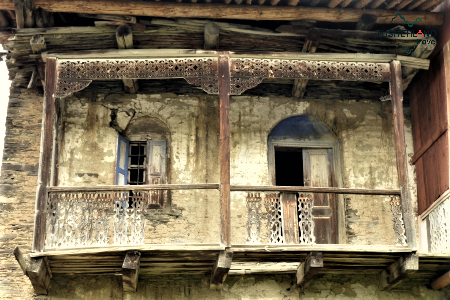
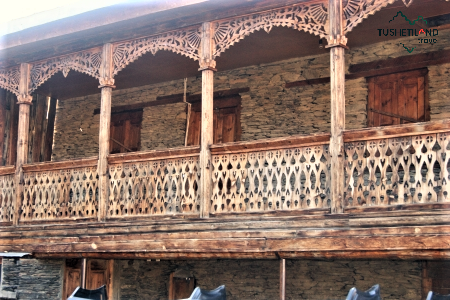
Overall, Tushetian architecture is a unique and functional style of architecture that reflects the culture and environment of the Tush people. The buildings are designed to withstand the harsh mountainous climate while also providing comfortable and functional living spaces.

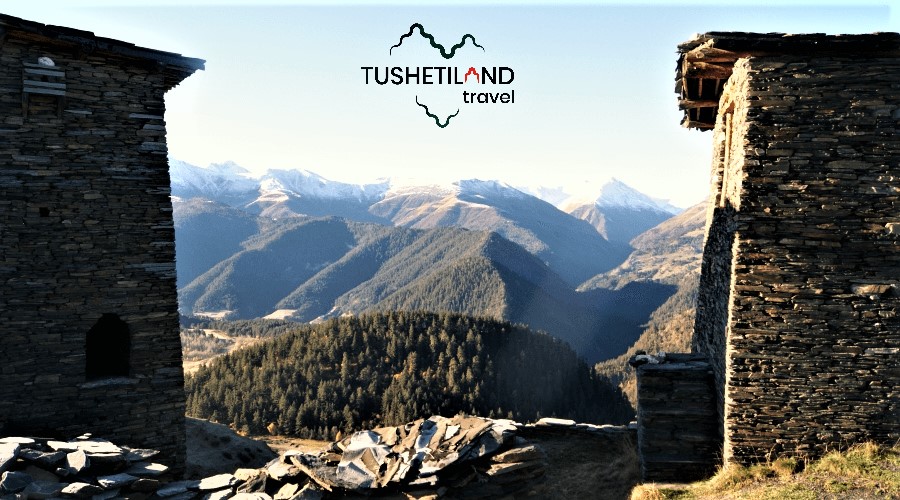
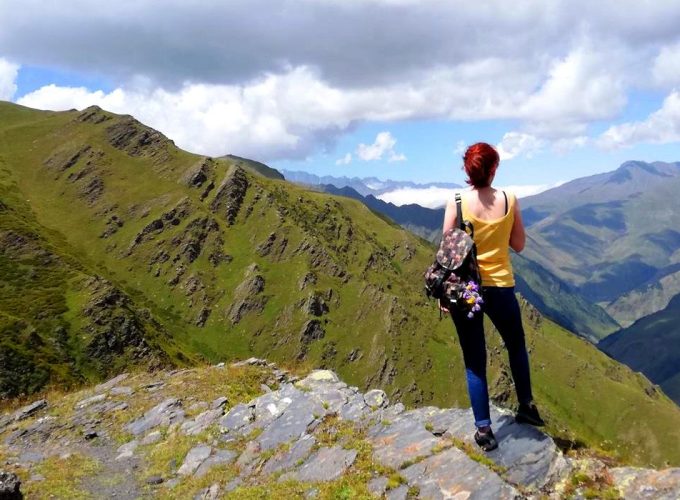
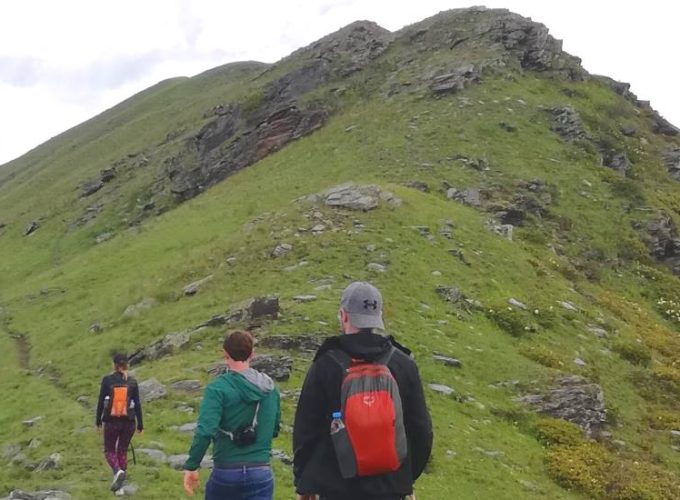

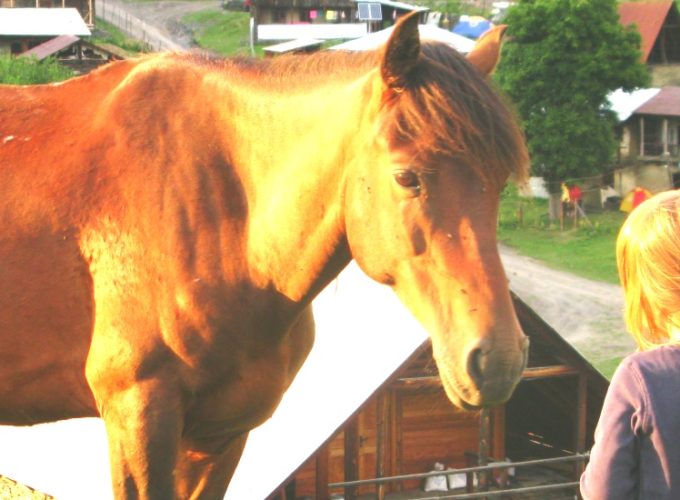

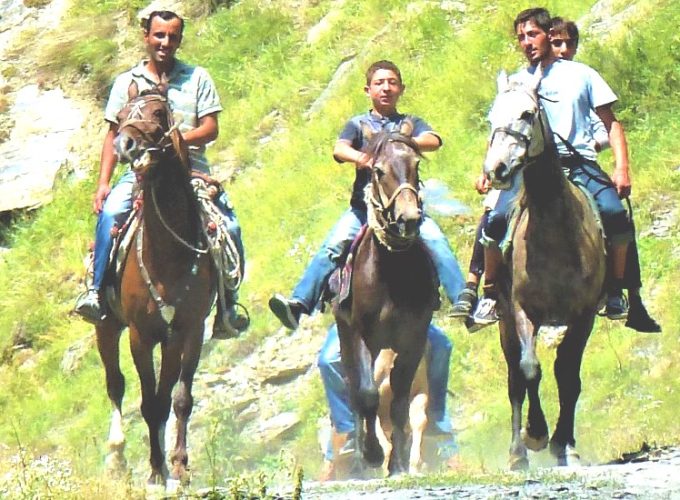
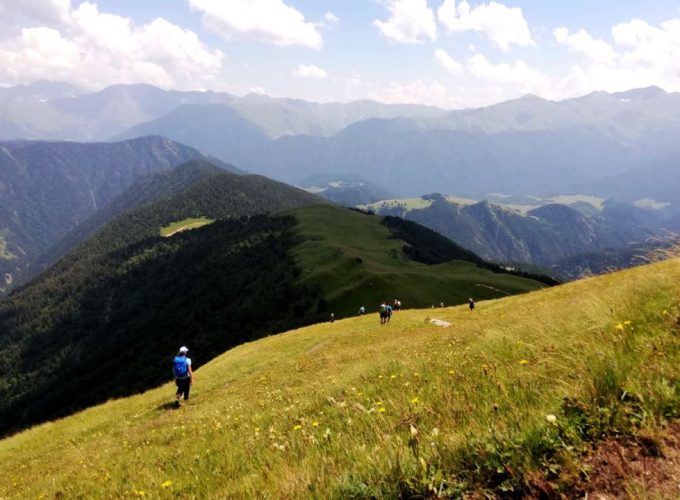
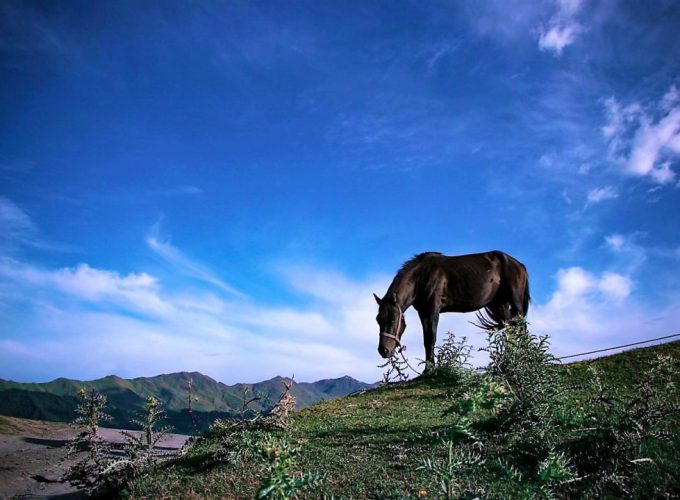


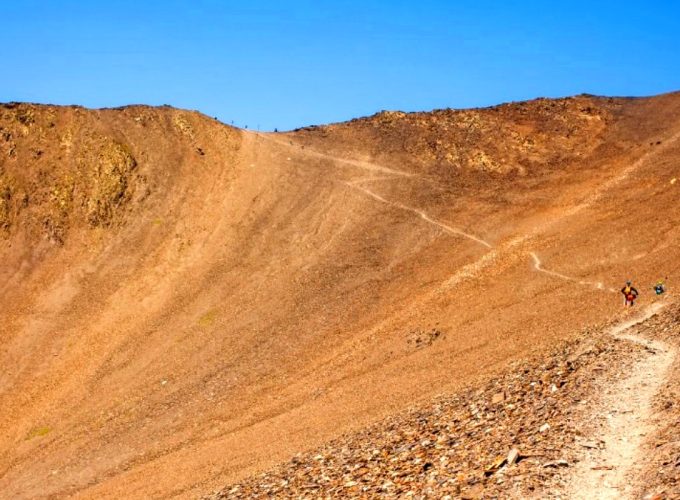

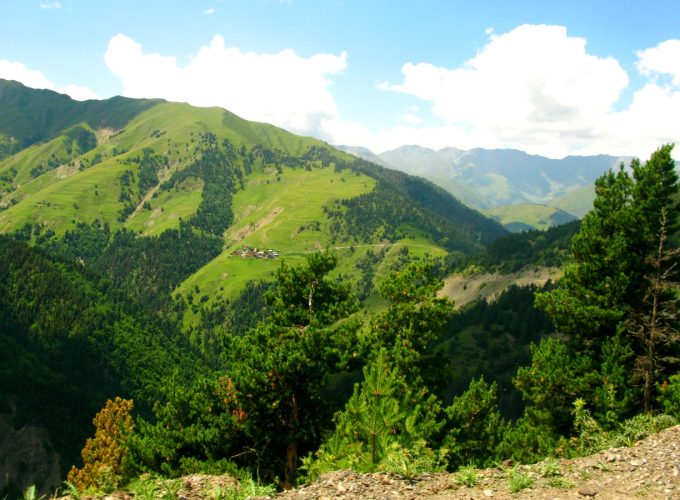
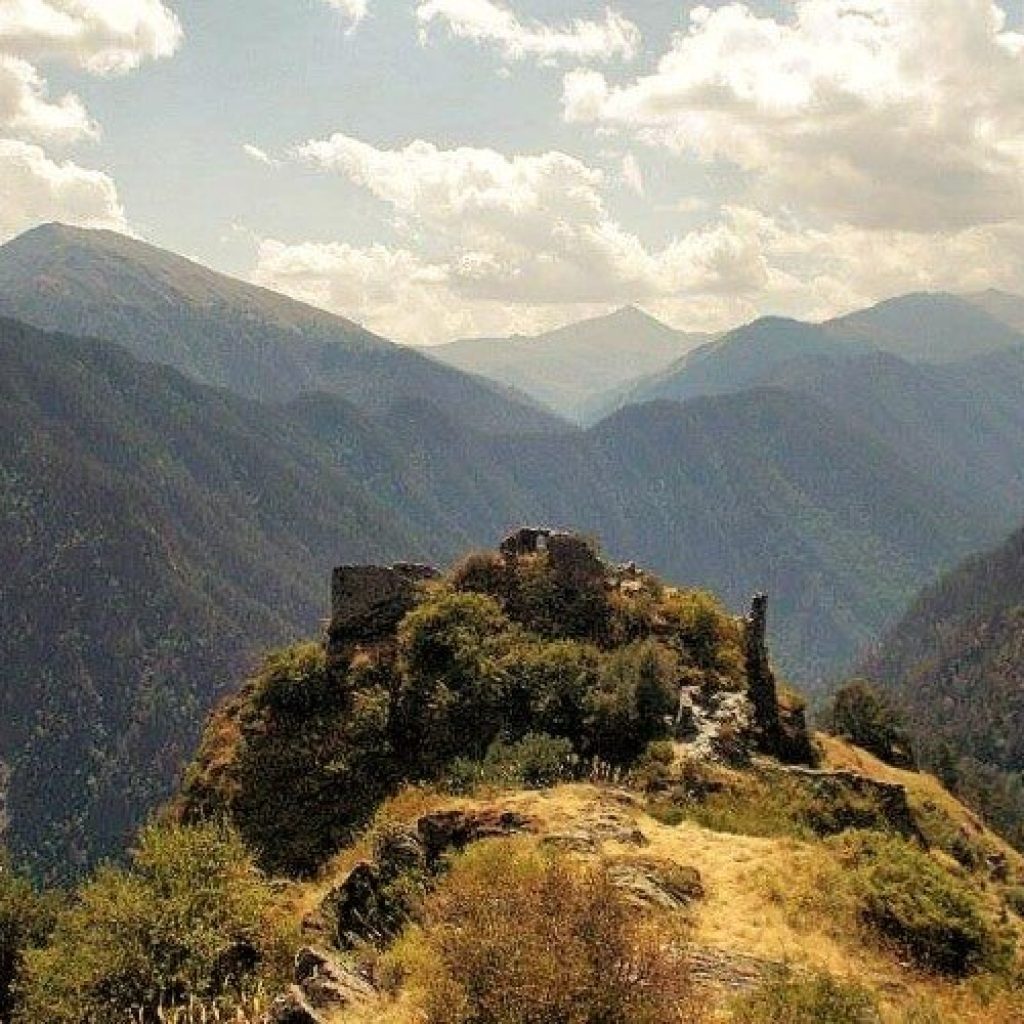
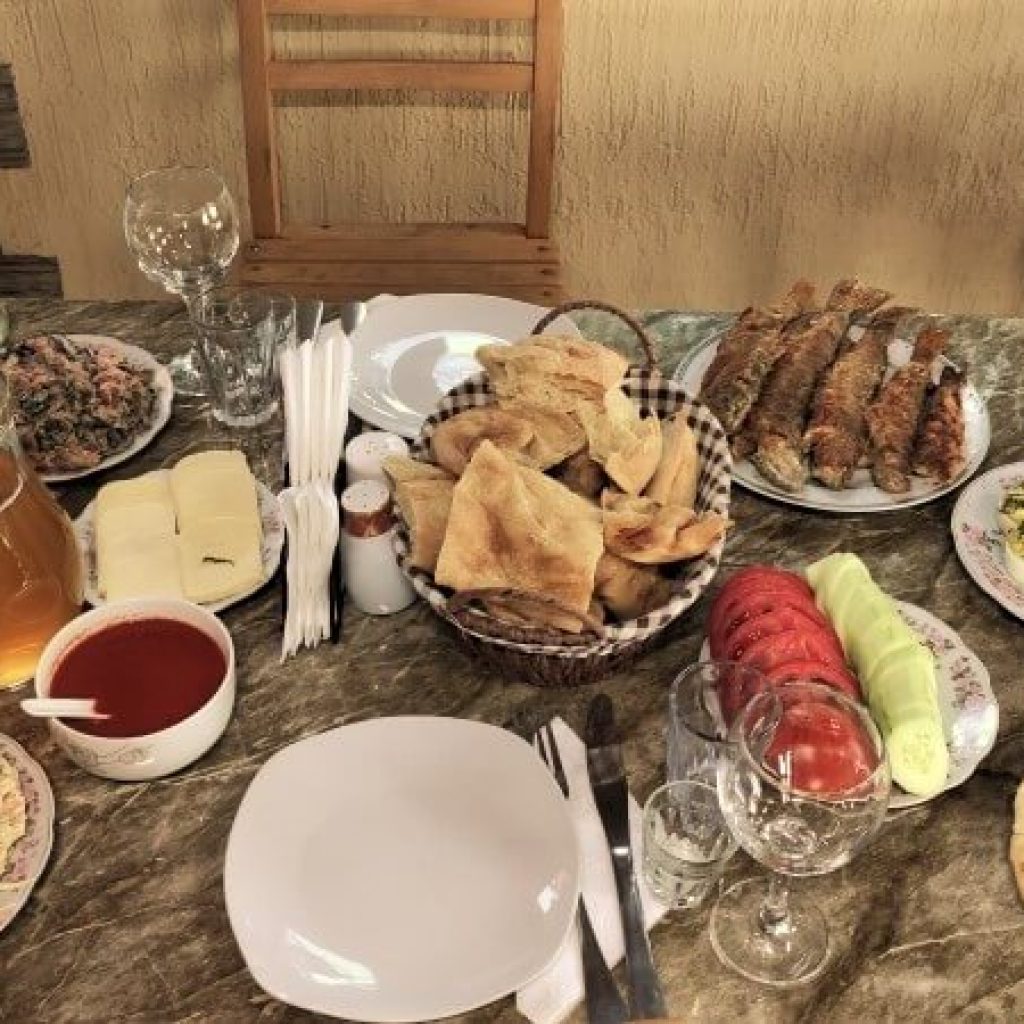
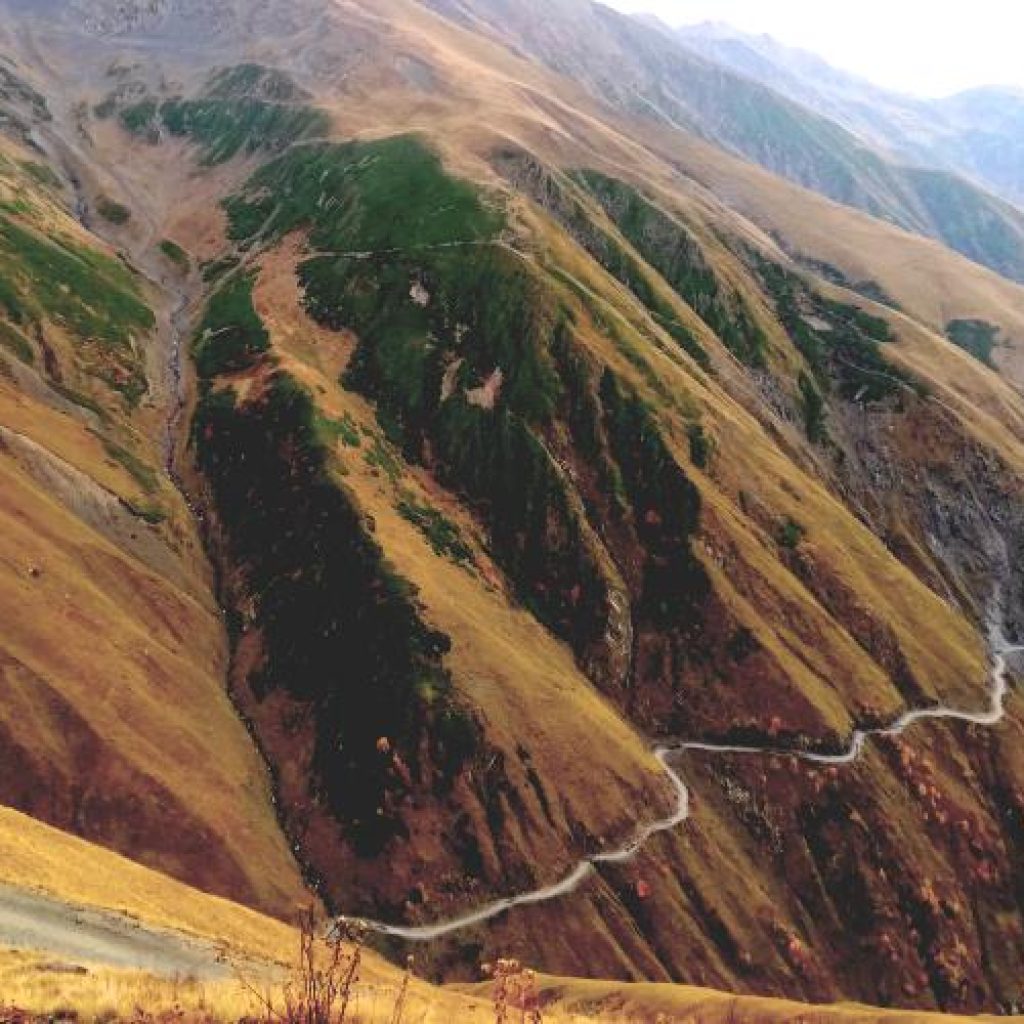
Comment (0)